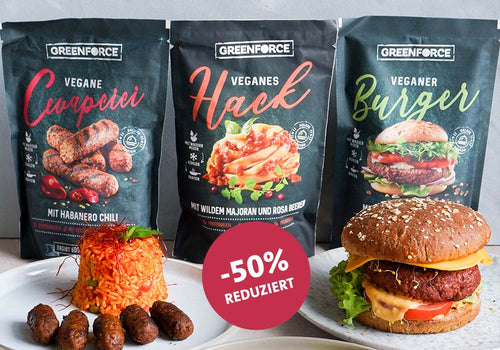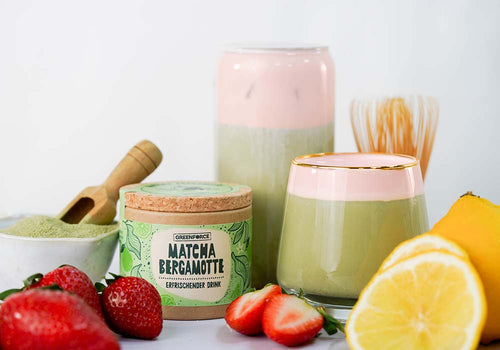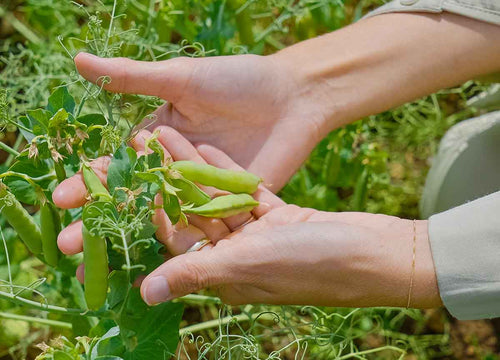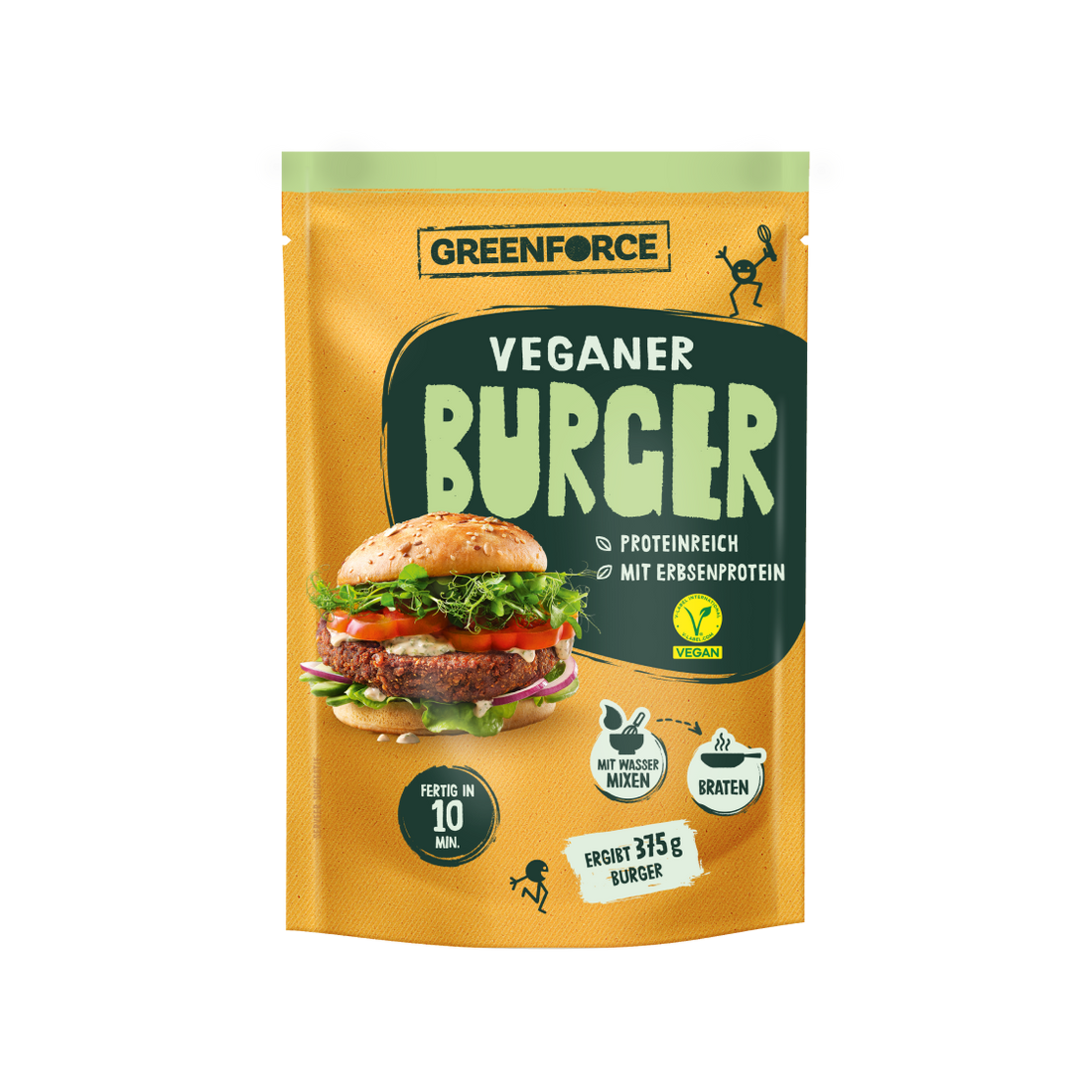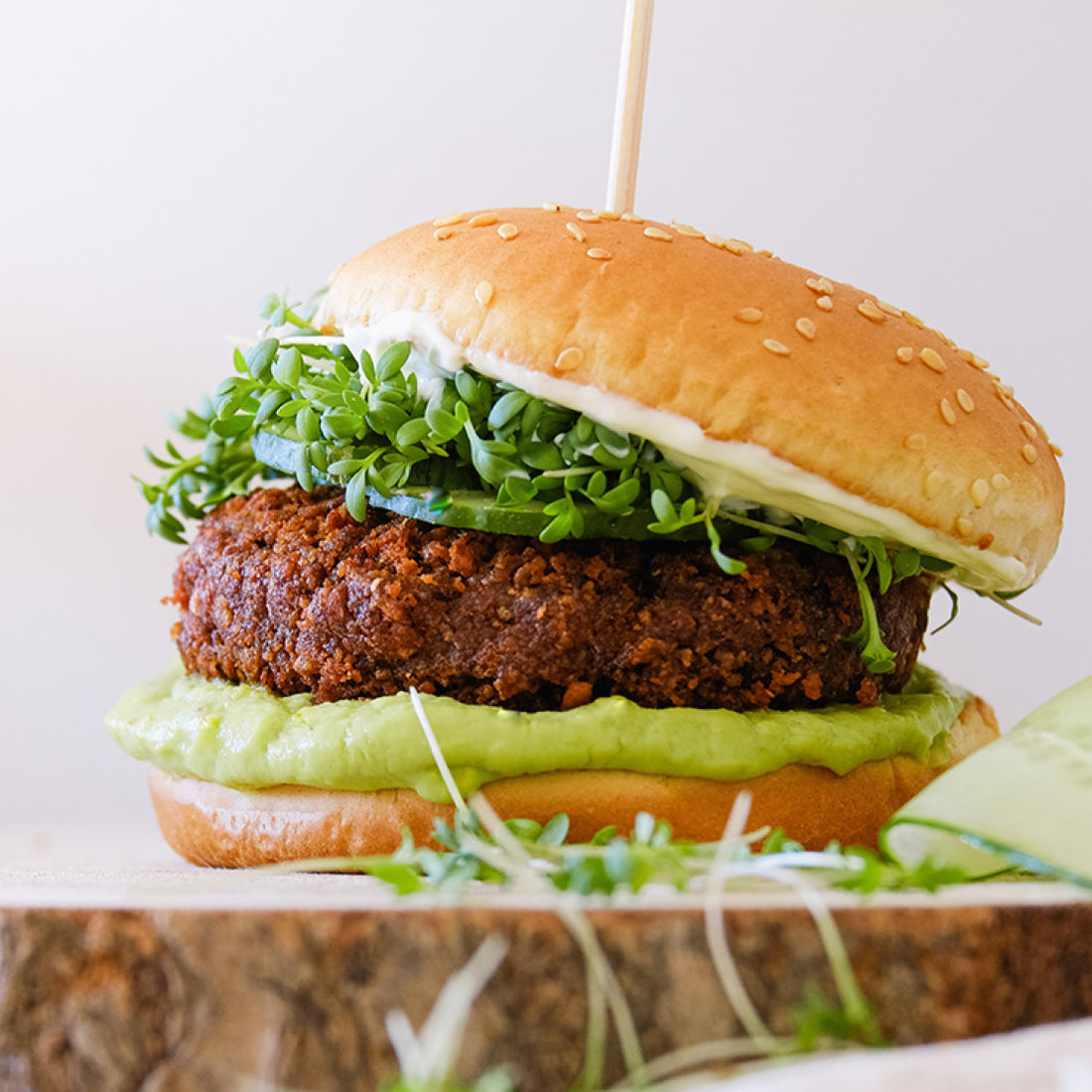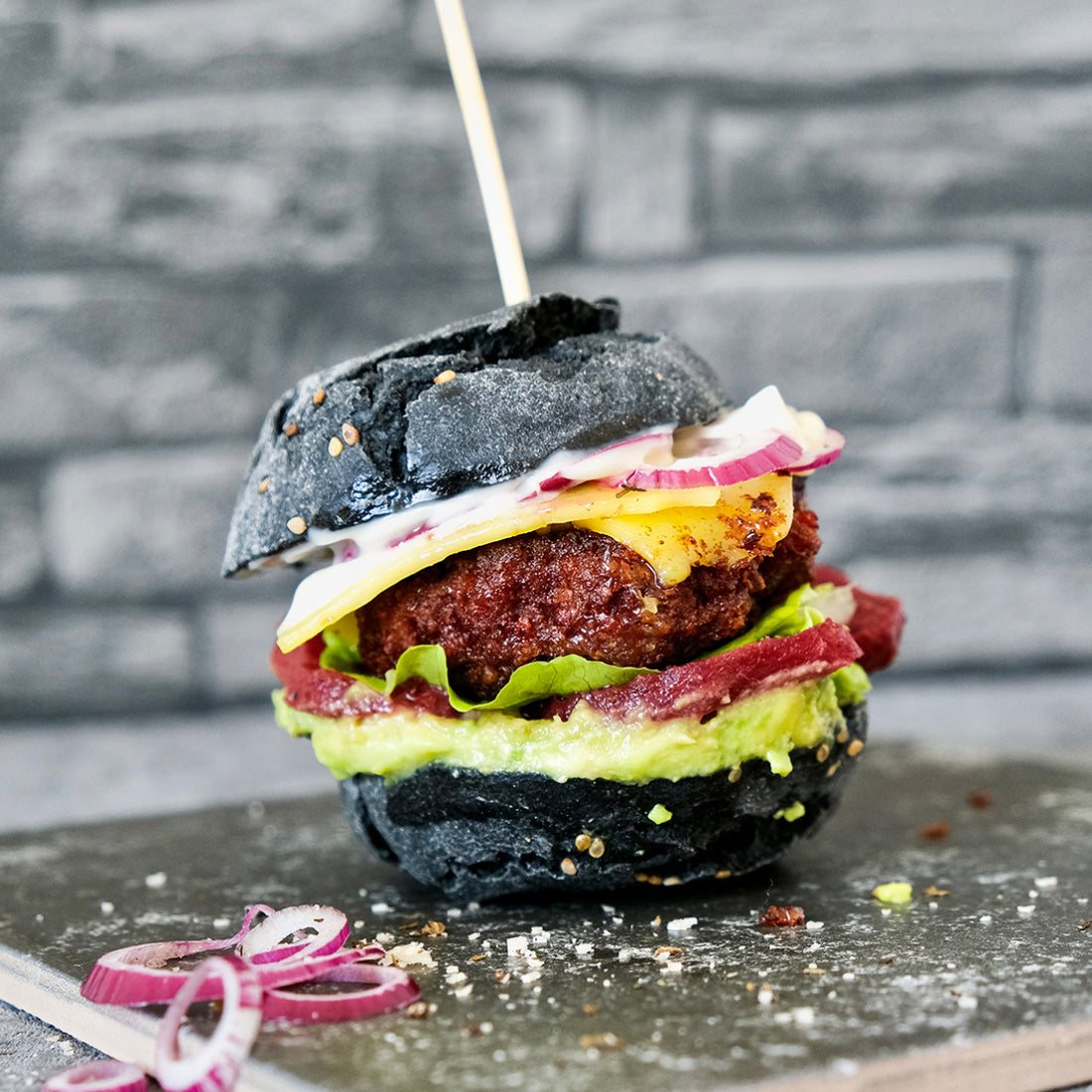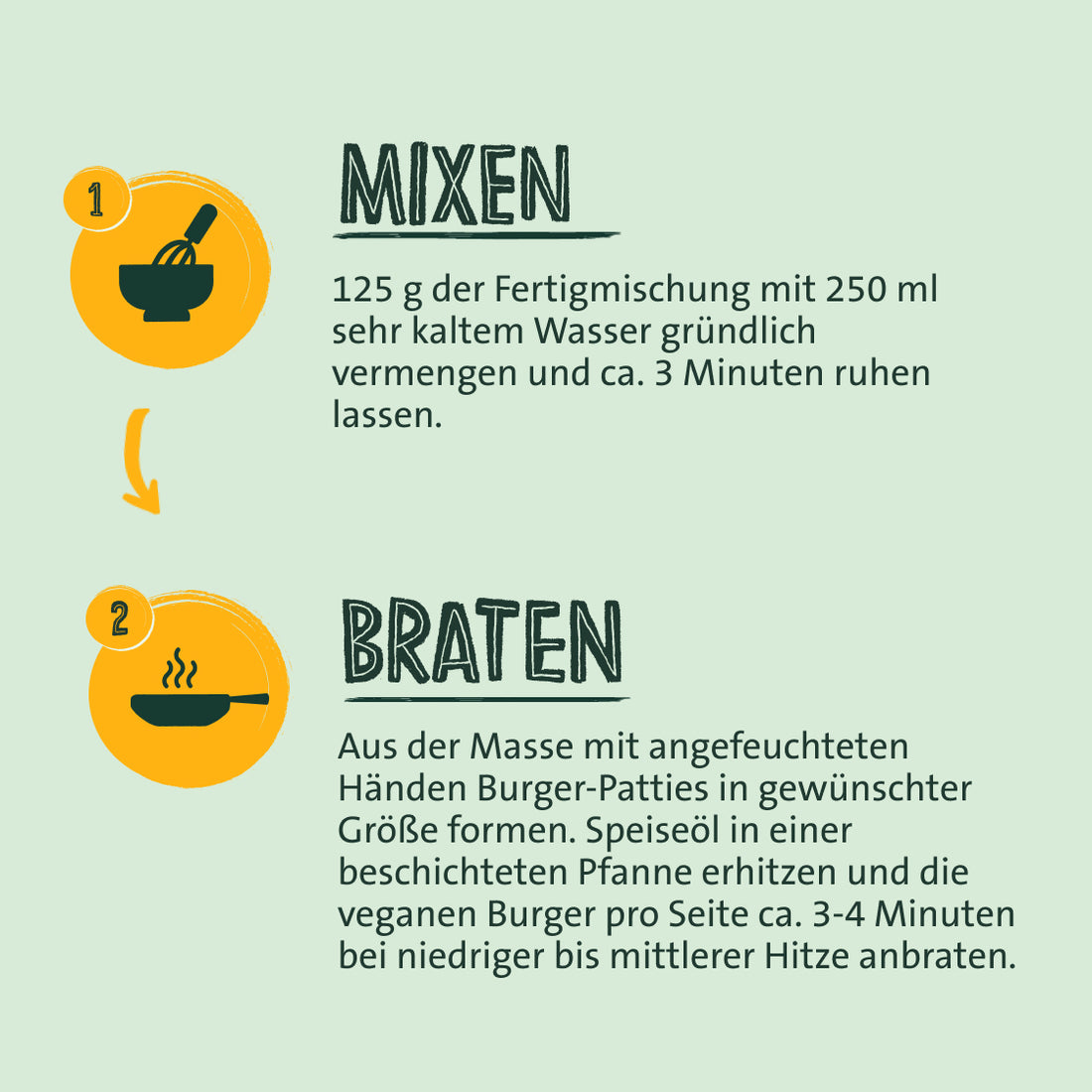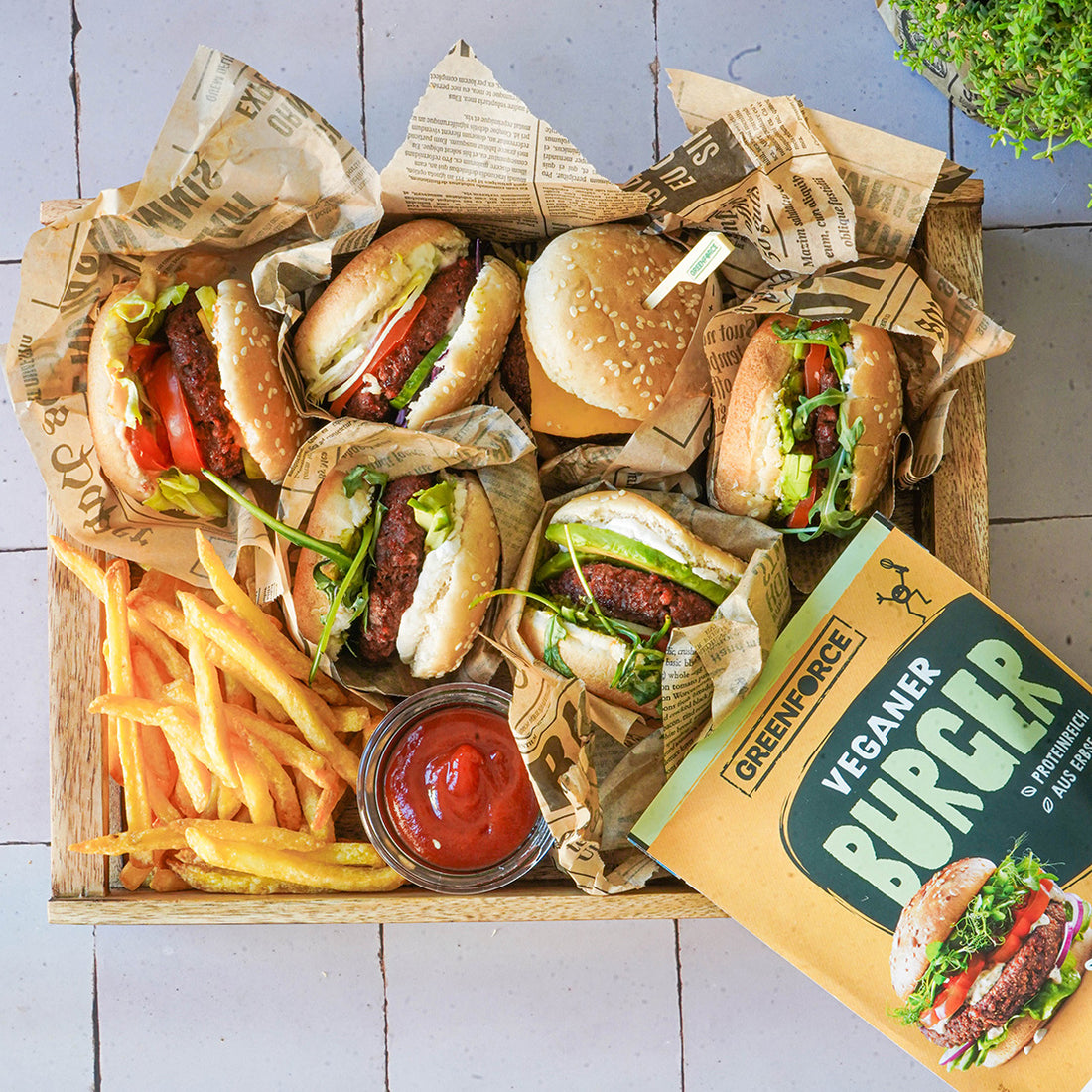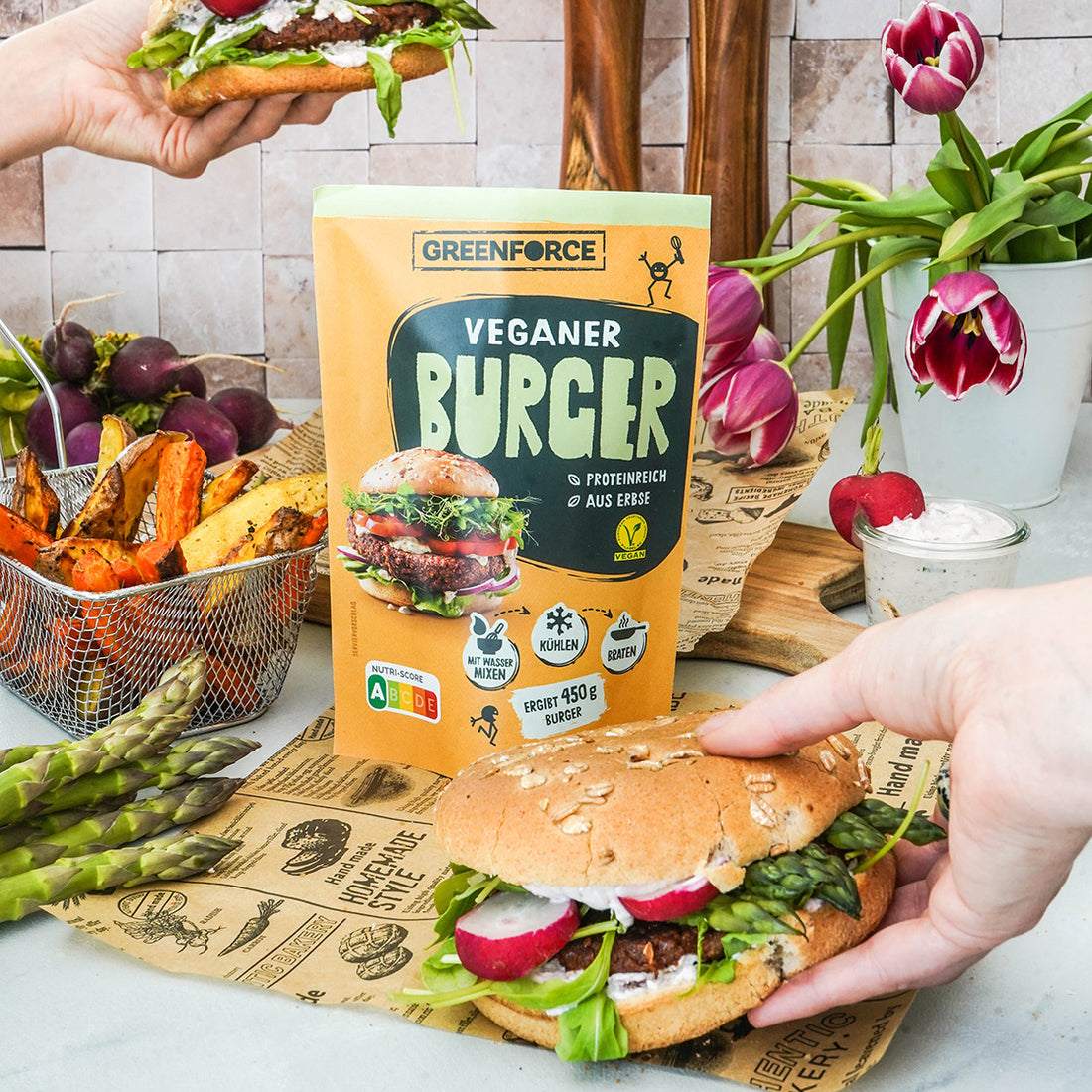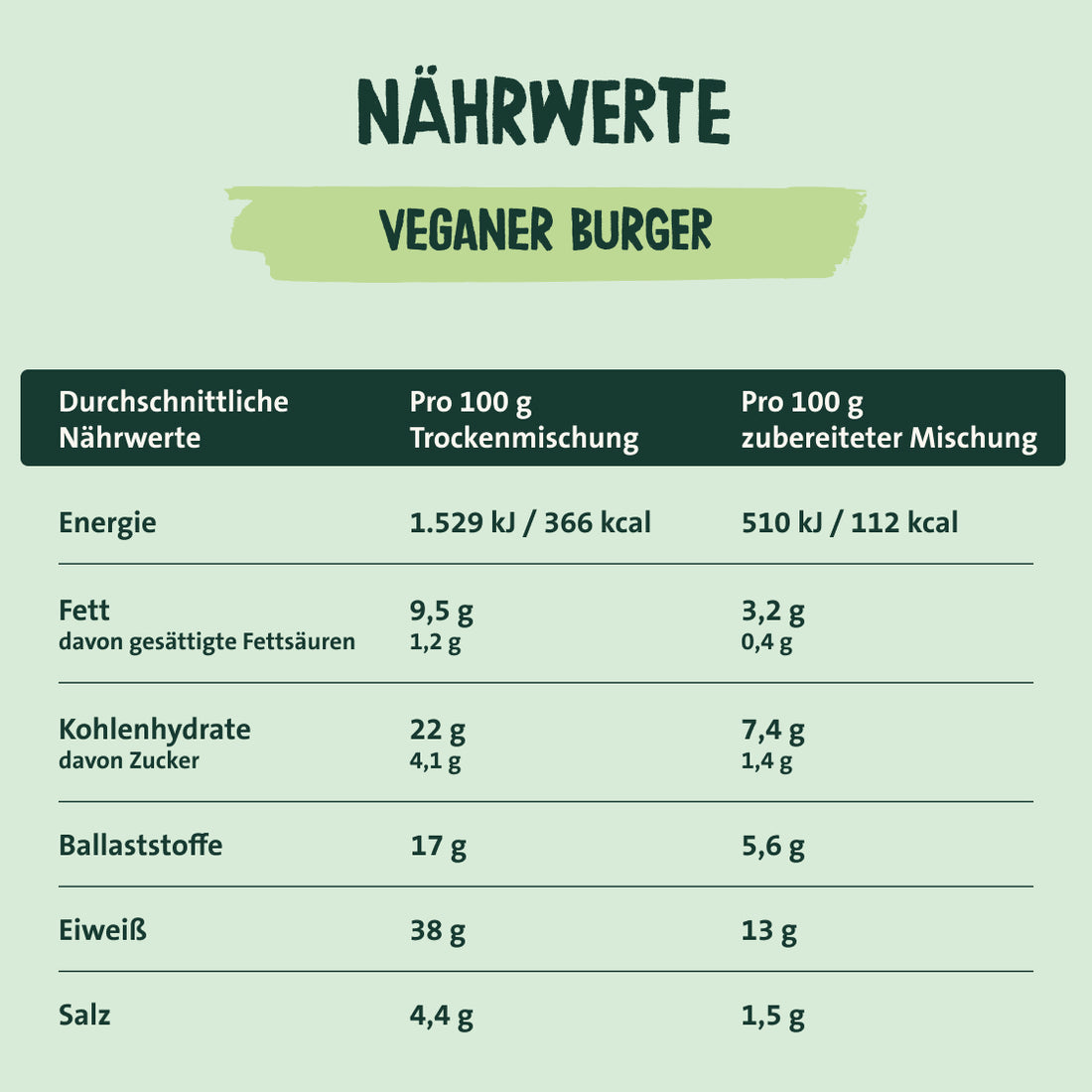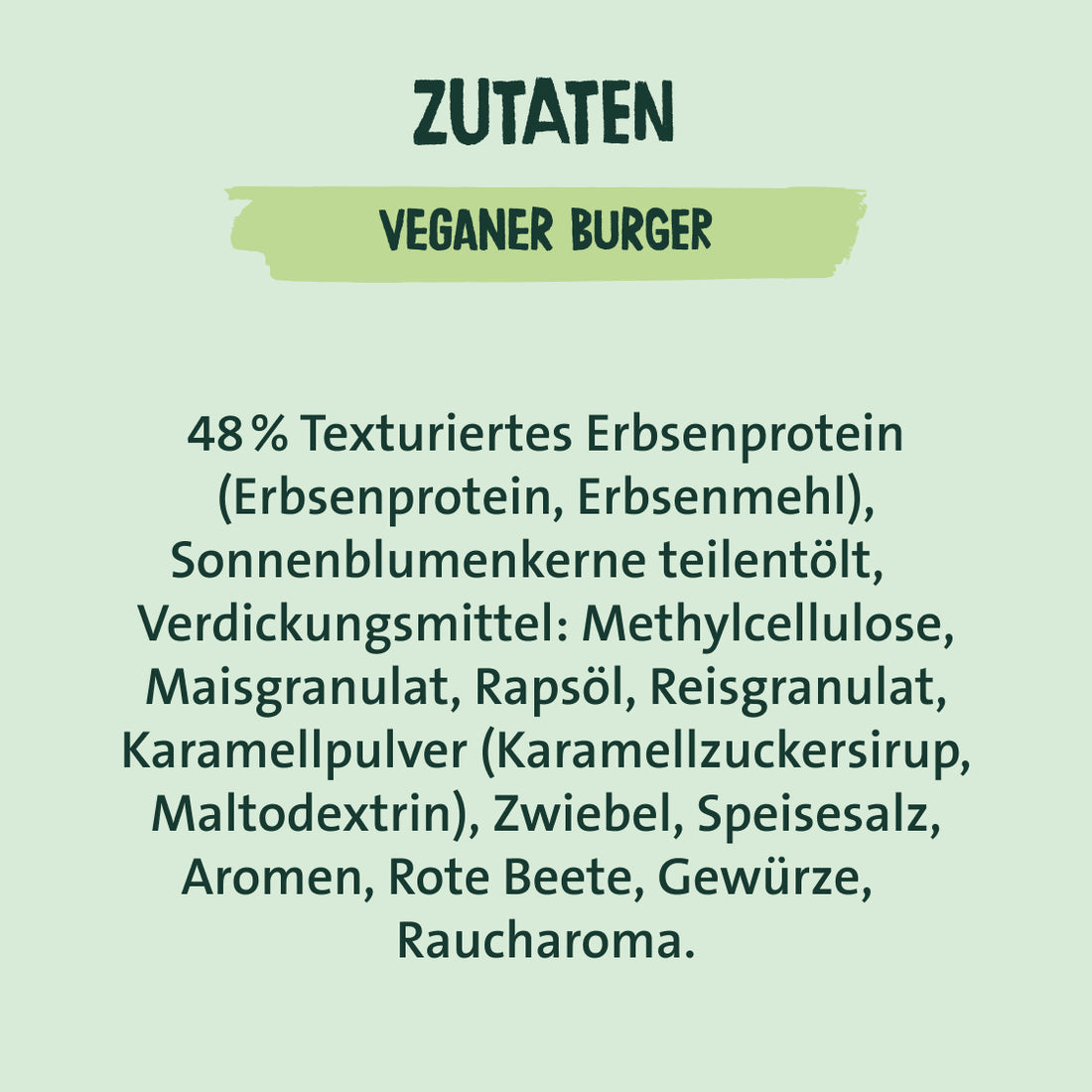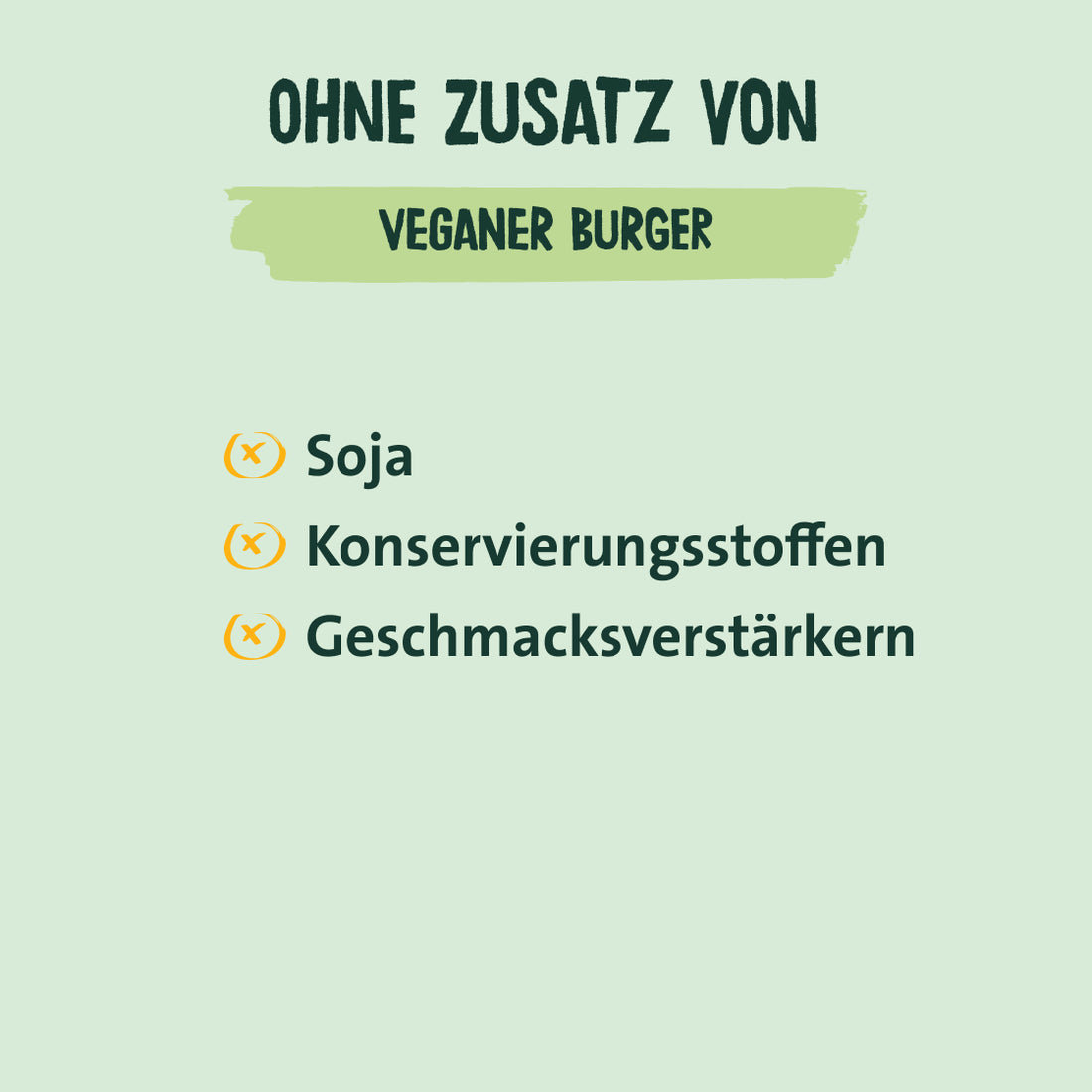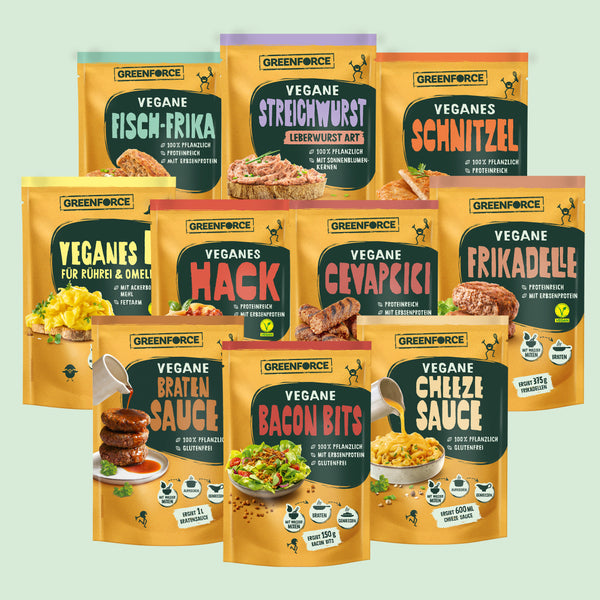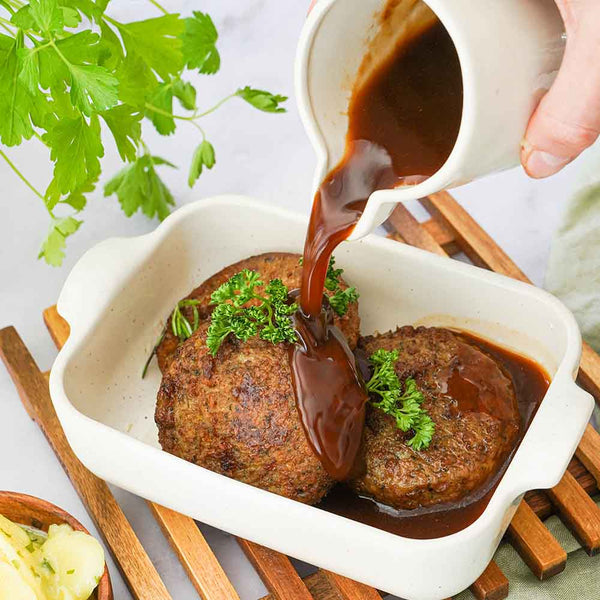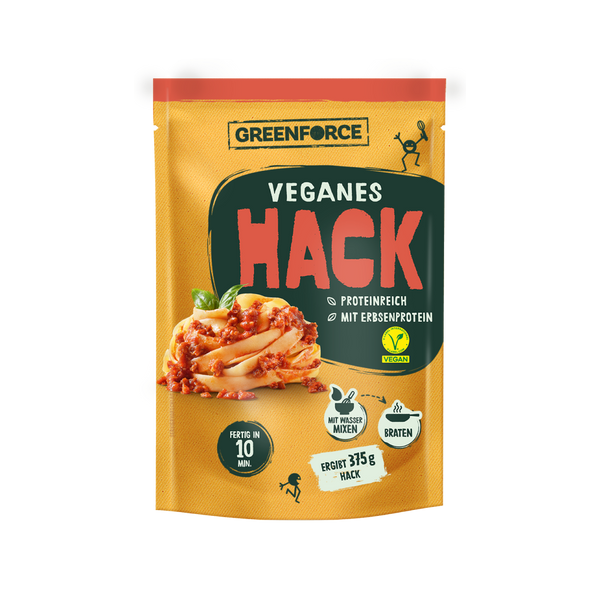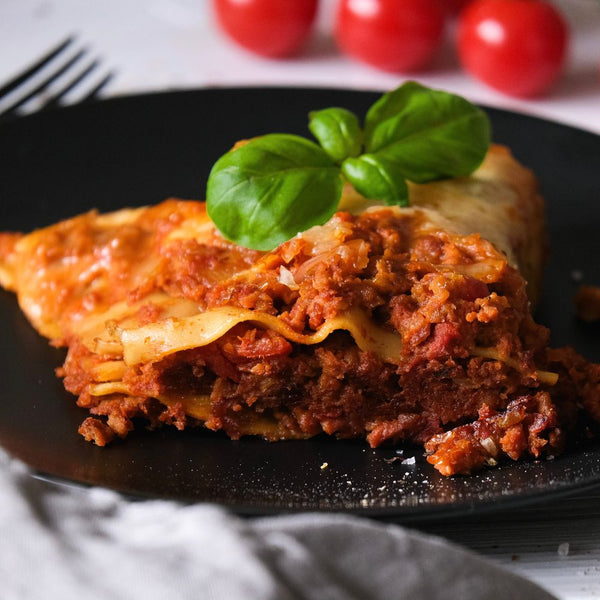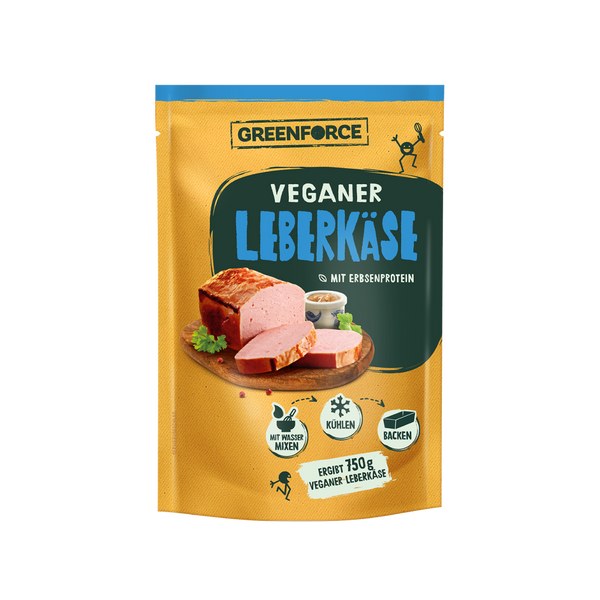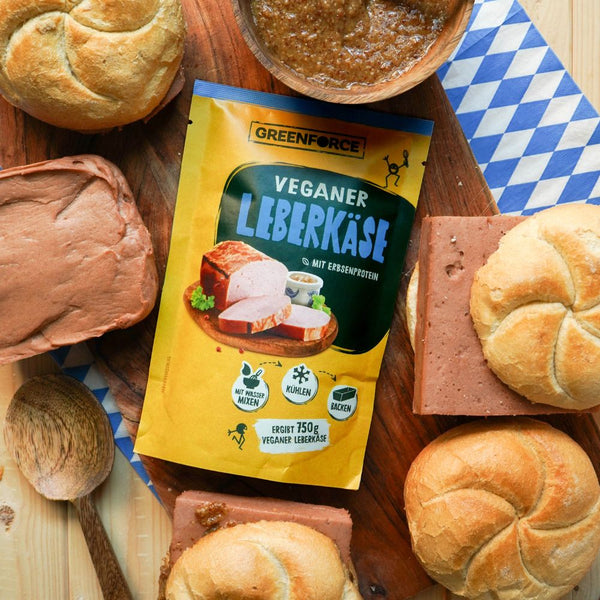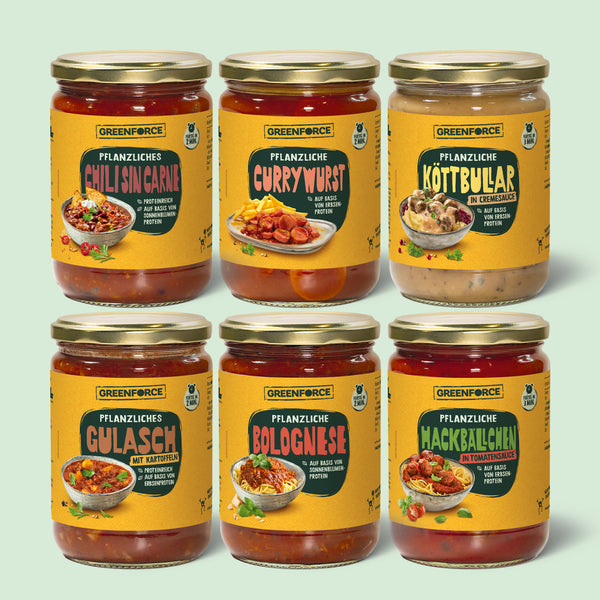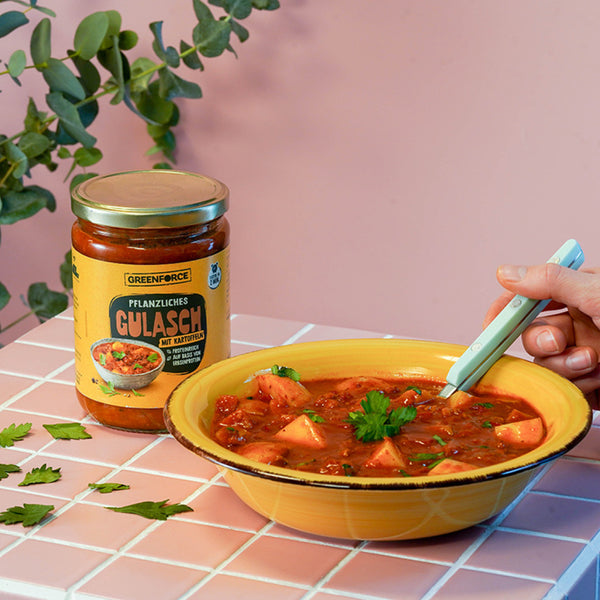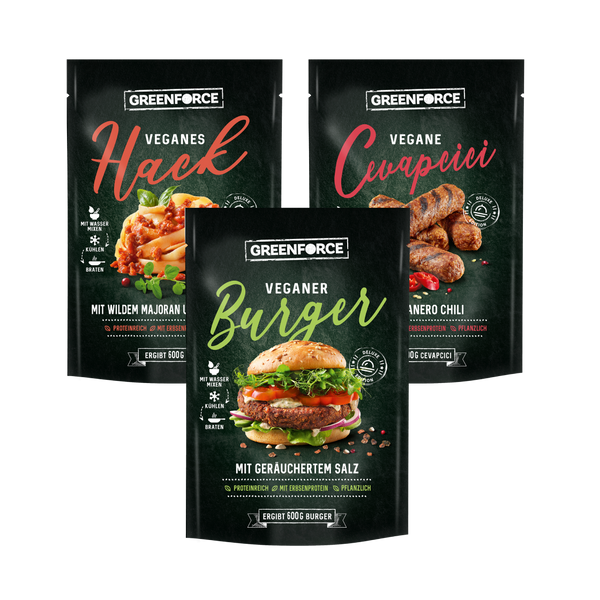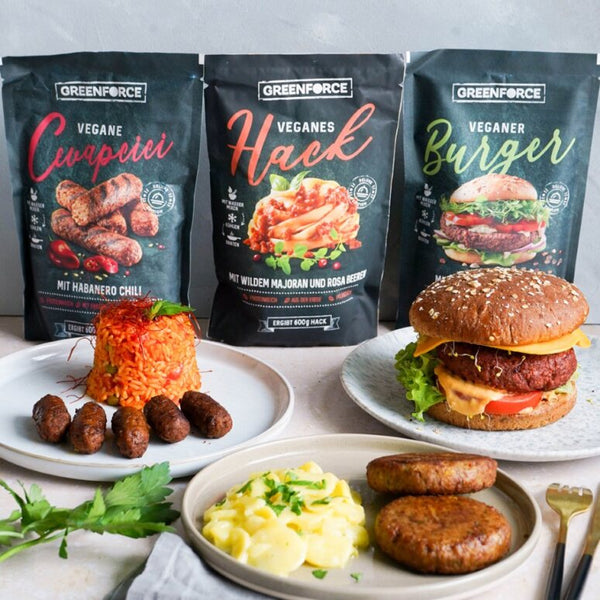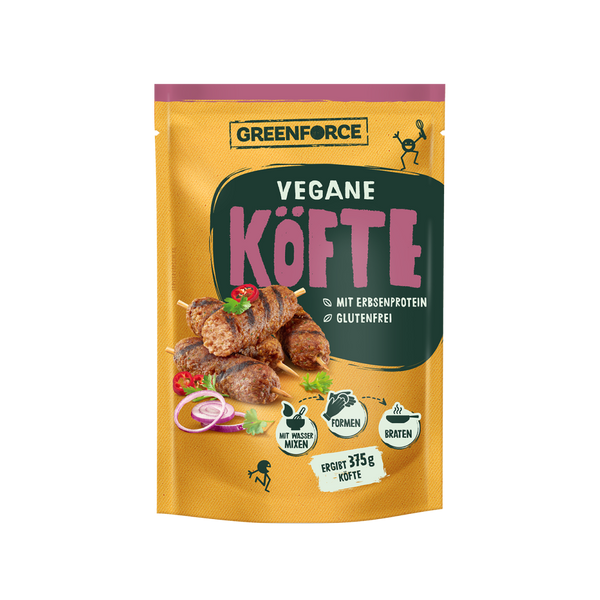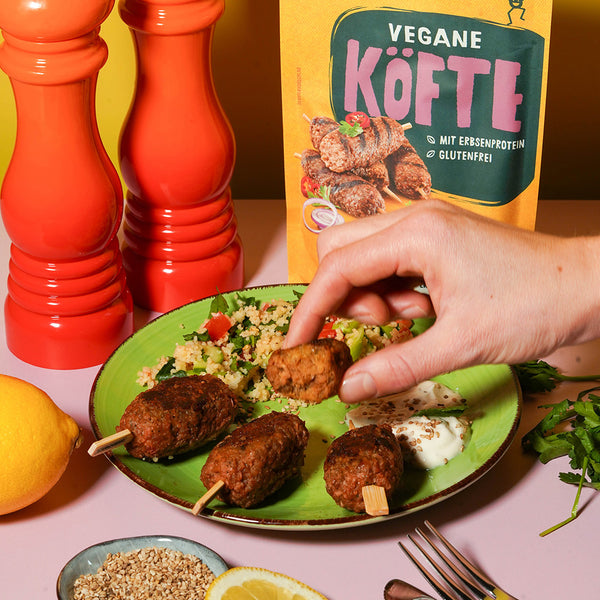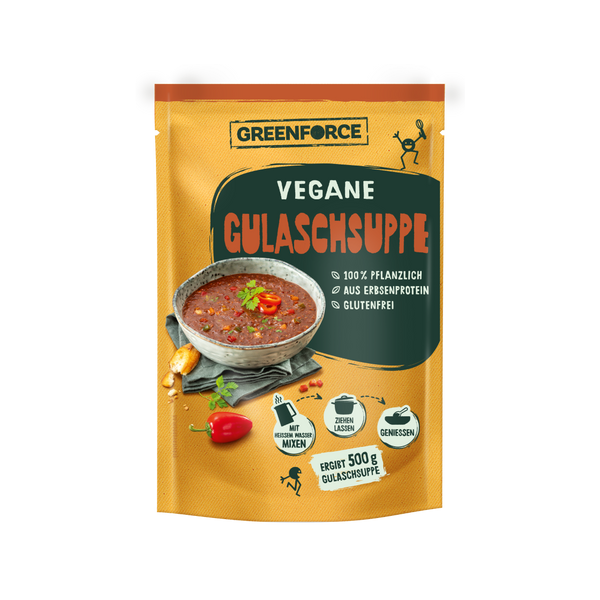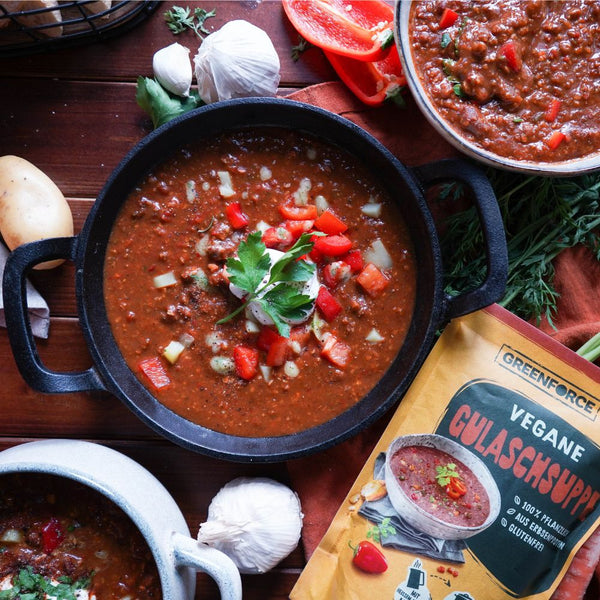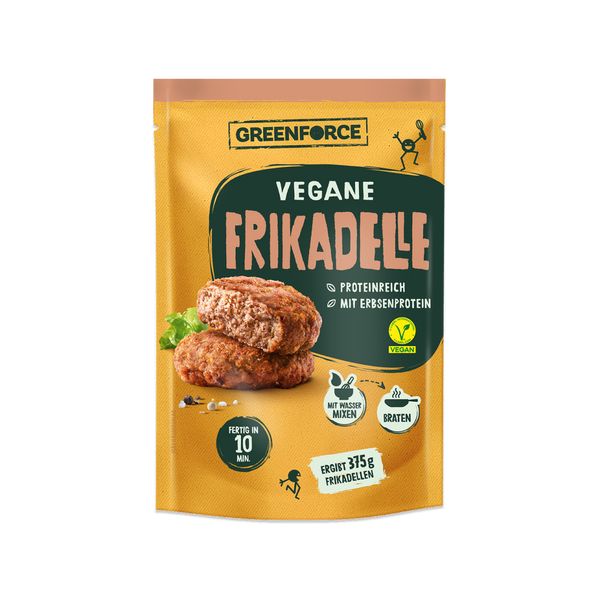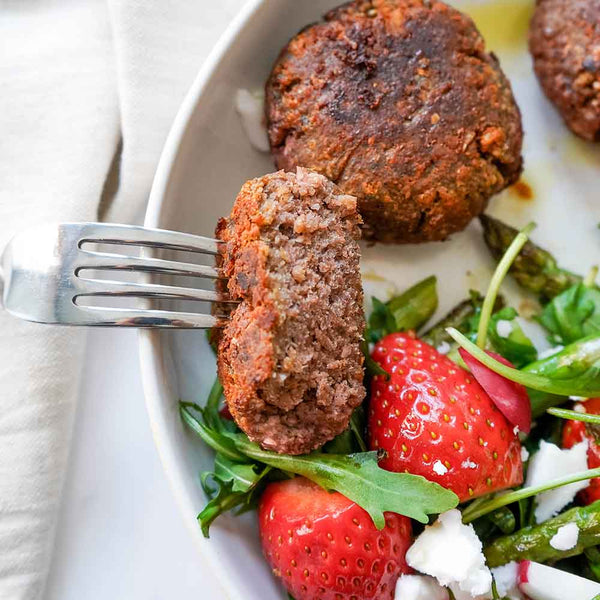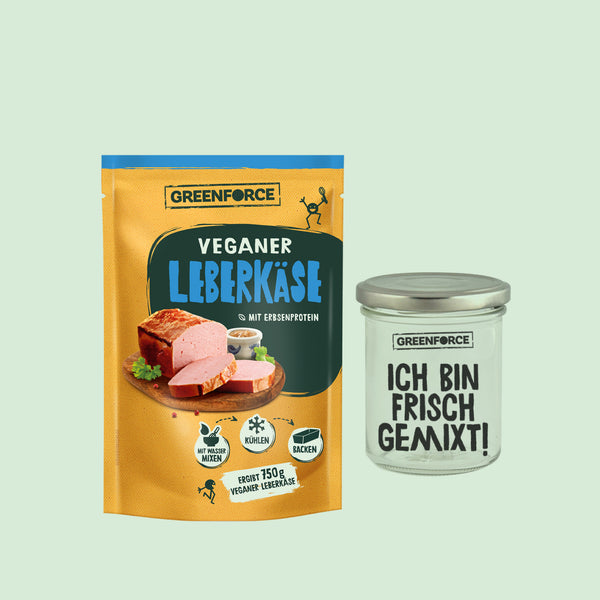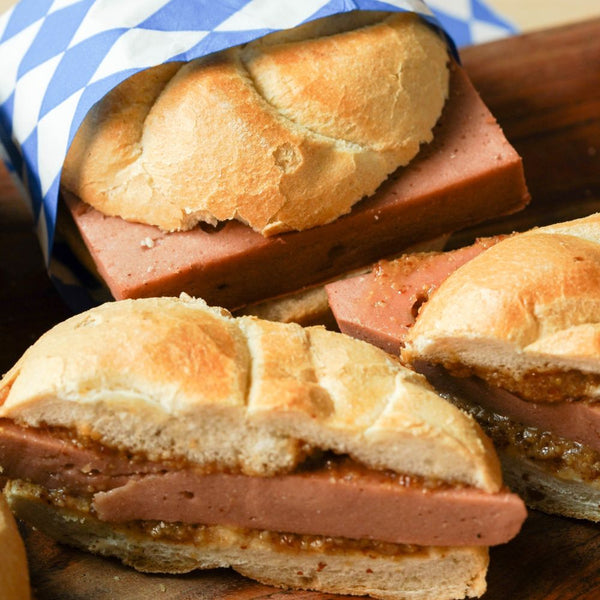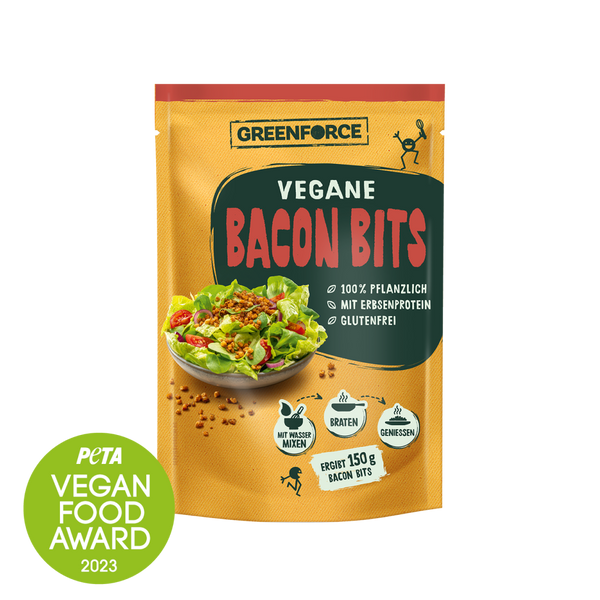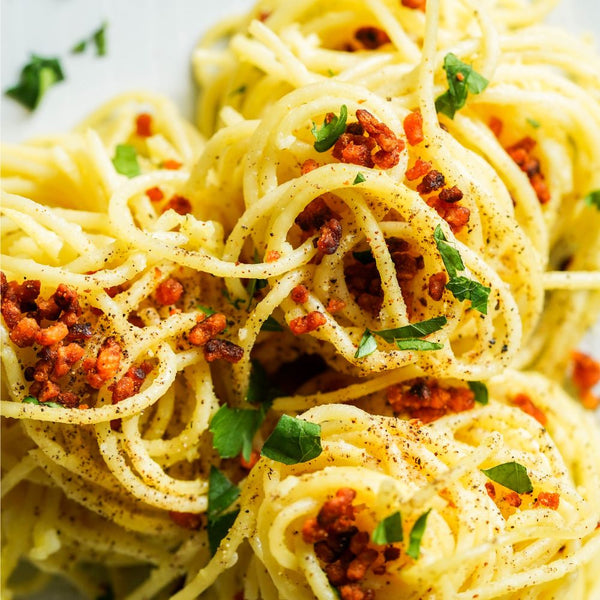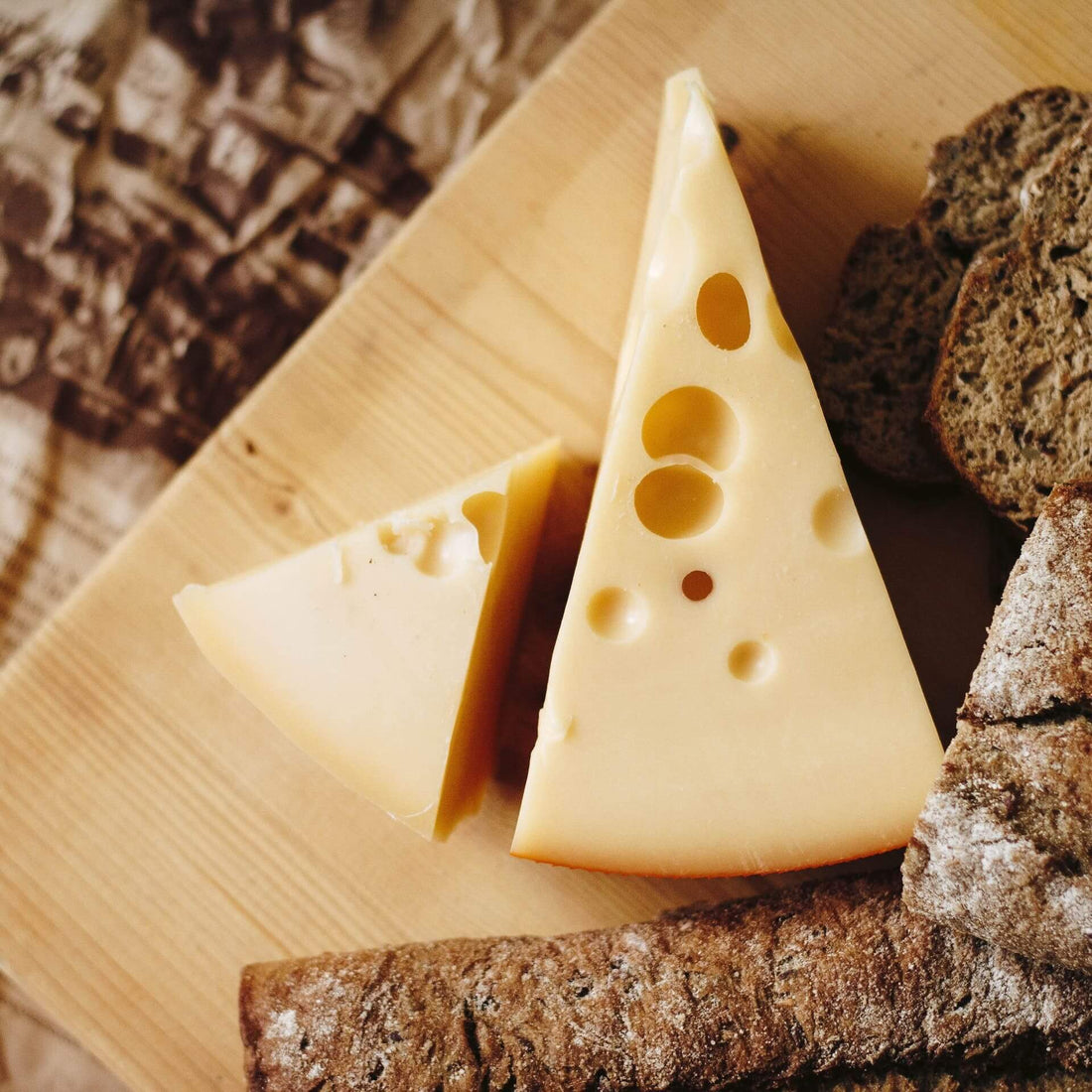Red face after eating: causes of redness on the face
Theresa Aicher
10/10/23
Reading time: 8 minutes
A cozy get-together, friends, delicious food – and then this: you suddenly notice that your face is red after eating. It is understandable that the shock is deep at first. Most people find the reddish color very uncomfortable, especially in front of other people.
You probably know similar situations from everyday life. There is excitement because you have to speak in front of a lot of people and you can already feel the blush rising inside you. The shame that everyone now sees how tense you are makes it even worse. That's why it's advisable to stay calm and think about where the redness comes from .
Depending on how strong it is and how quickly it disappears, there can be various reasons behind it. The reddened skin can be caused, for example, by an emotional reaction, heavy sweating or alcohol. It is also possible that this is due to an intolerance to a food. An example of this is histamine intolerance .
You can find out more about the possible causes of redness in the next section of this article. We will then explain what histamine intolerance is all about and what other possible symptoms can occur. You may have already noticed some of these yourself. We will then reveal what you should do about food intolerance .
Red face after eating: possible causes
If you notice that your skin is red after eating, there could be various reasons for this. For example, it is known that spicy dishes can cause redness.
This is especially true for people who suffer from rosacea . Rosacea is a skin condition that primarily affects the face. It typically manifests itself as persistent redness - especially on the cheeks, nose, chin and forehead. Pustules can also form.
If you are not affected by this disease, you may be suffering from food intolerance. There are quite a few of these. You've probably heard something about an intolerance to gluten, lactose, fructose or other substances. A reddened facial area indicates histamine intolerance .
To get to the bottom of this suspicion, you should take a close look at your eating habits and possible symptoms. However, it is important that you work with a doctor to identify other possible causes. Finally, there could be something else behind the redness . Therefore, pay attention to other complaints.
If the reddened areas are accompanied by serious symptoms such as shortness of breath or a circulatory collapse , you should call an emergency doctor immediately. These can be signs of a food allergy, which can have far more serious consequences than intolerance.
What is histamine intolerance?
Generally speaking, histamine intolerance is a food intolerance . This means that your body cannot utilize certain substances as it should. Histamine intolerance in particular is a disorder in which the body has difficulty breaking down and processing histamine.
Histamine is a chemical compound that occurs naturally in the body and is involved in various physiological processes. For example, it plays a role in the regulation of the immune system as well as digestion and the regulation of stomach acid. Normally, histamine is broken down by an enzyme called diamine oxidase (DAO), which is produced in the intestines.
However, if activity of this enzyme is impaired and you consume a histamine-rich food despite intolerance, this leads to an accumulation of histamine in the body. This in turn can result in various physical problems.
The exact causes of histamine intolerance are not always clear. However, there are factors that can favor it. A deficiency of the enzyme diamine oxidase is probably the most common reason for intolerance. This may be due to genetic factors, digestive tract diseases, or medications that inhibit DAO activity. In addition, people with gastrointestinal disorders may be at increased risk of histamine intolerance.
If you suspect that you have an intolerance , you should speak to a doctor. Under no circumstances should you ignore the symptoms, as they can get worse without changing your diet. A doctor will take you through a thorough medical history and tell him about all your symptoms.
He can then ask you to keep a food diary. In it you record exactly what you eat for several weeks. If symptoms then occur, write them down as well. Although this documentation is laborious, it helps with diagnosis. Finally, it could also be another intolerance such as an allergy to preservatives .

Possible symptoms of histamine intolerance
Histamine intolerance can cause a wide range of unpleasant symptoms, although their severity varies from person to person. The symptoms usually do not appear immediately, but rather some time after eating foods rich in histamine.
The most common symptoms of histamine intolerance include:
- Gastrointestinal symptoms : Intolerance makes you feel like you've eaten something bad. For example, you get stomach pain or struggle with nausea and vomiting. Diarrhea or constipation can also occur.
- Migraines : Consuming histamine can trigger migraines . In this case, those affected suffer from severe and long-lasting headaches. You may be sensitive to light during this time.
- Fatigue : Sometimes the body reacts poorly when histamine has been consumed. You may also have trouble sleeping or concentrating. Some sufferers also report dizziness.
- Skin problems : Histamine intolerance can negatively affect the skin. This then results in a reddish and itchy rash or hives.
- Cardiovascular problems: If your body reacts strongly, you may feel your heart pounding or have difficulty breathing, such as shortness of breath.
As previously mentioned, the severity of symptoms can vary greatly. The symptoms depend, on the one hand, on the individual tolerance to histamine. On the other hand, it plays a role how much histamine was absorbed. Because the body needs some time to break down the excess histamine, symptoms sometimes last for more than a day.
In order not to lose quality of life due to physical complaints, it is important to know which foods you can tolerate and which you should avoid.
What can I do about histamine intolerance?
You are probably wondering how you can cure histamine intolerance so that you no longer have to constantly struggle with reddish spots. The answer to this is simple: food intolerance cannot be cured. The only effective way to stop suffering from it is to strictly avoid foods containing histamine .
Many people find it very difficult to imagine having to give up certain foods. The fact that the list of foods and drinks containing histamine is long doesn't make things any easier. The positive news for vegans, however, is that they don't consume many banned foods anyway. These include, for example, smoked fish and smoked meat, yoghurt and long-matured cheese. Vegan alternatives such as meat substitutes are a good option in this case.
However, vegans also have to be careful with certain foods. For example, baked goods that contain yeast can also be high in histamine. The same applies to tomatoes and products made from them, i.e. ketchup. In vegan pizza, the tomato sauce and mushrooms can contain histamine. If you like to treat yourself to a glass of wine, you should stop consuming red wine and champagne made from grapes from now on.
There are also so-called histamine liberators. These are foods that do not contain histamine themselves, but promote its release.
This includes, for example:
- walnuts,
- strawberries,
- citrus fruits and
- Cocoa products.
Vitamin C, on the other hand, accelerates the breakdown of histamine. It should therefore be at the top of the menu if you have intolerance. It is best supplied to the body in a natural form, i.e. by eating low-histamine fruits and vegetables .
do you already know?
Easy To Mix vegan burgers
Available: Delivery time 3 - 5 Days
Red face after eating: what can I eat?
You already know which foods you should avoid so that you no longer have to deal with reddish spots. Of course, we would now like to tell you what you can safely eat without worrying about possible symptoms.
If you want to eat baked goods, you should choose those that were baked with baking soda instead of yeast. Baking soda is another term for baking powder and must be labeled on a product's ingredient list. If you want to be 100% sure, you should bake your bread yourself. For example, on the Greenforce website you can find baking mixes for delicious vegan pan bread . This is also gluten and lactose free and is very easy to prepare.
When it comes to fruit and vegetables, you can use cauliflower, broccoli and green and red cabbage. Peppers, potatoes, carrots, radishes and beetroot are also suitable. Cucumber, zucchini, pumpkin and melon as well as apple are also low in histamine.
If you suddenly have a food intolerance , take time to understand what you can consume and what you should stay away from. Then you will get to know your body better step by step and can avoid unpleasant problems in the future.
If you still eat the wrong food and get a red face after eating , it helps to stay calm first. If you are at home, you can cool the affected areas a little if they itch. In any case, avoid scratching yourself. This can further worsen your skin. After a while the reddish spots disappear on their own.

